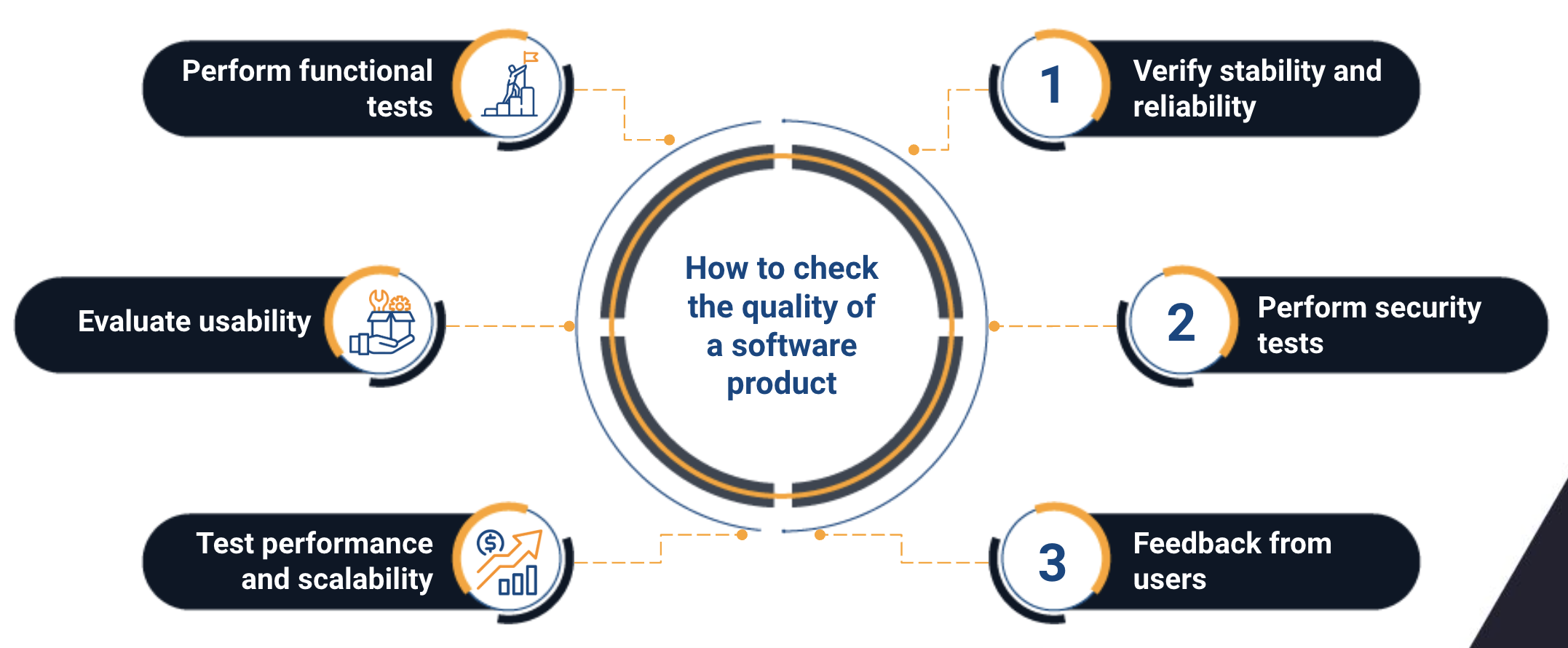
When companies start looking for an IT outsourcing provider to develop their software projects, the first thing they usually look at is the technical expertise of this team. What are the tools they use, the technologies in which they are experts and what are the programming languages in which they have more experience. But it is also important to address them about their quality standards.
Quality standards in IT outsourcing companies are essential to prevent errors and failures in the development cycle and in the final product. These standards improve customer satisfaction, prevent errors and failures, increase efficiency and productivity, ensure compliance with industry standards, and build a strong reputation.
By having certain parameters and standards, companies can be sure that this provider is focused on maintaining and guaranteeing quality and efficiency throughout the software development cycle. Working with a team outside the company is always a leap of faith, so it is essential that they have these standards to strengthen mutual trust.
Guide to verify the quality of the software product created by an IT outsourcing provider
Before starting with any kind of verification or validation of the work done by an IT outsourcing provider, it is important that from the beginning of the project they have set the quality standards expected of the software product. These standards can include functional and non-functional requirements, coding standards, development best practices, security standards, among others.
Perform functional tests
Verify that the software complies with all the specified functionalities. It performs extensive testing to make sure that all the main features work correctly and produce the expected results.
“Helps verify software performance based on software requirements and ensures system performance as per user specifications (...) also helps ensure application/software/product effectiveness and efficiency”, they pointed out in an article on the Edu Bridge India portal.

Evaluate usability
Check the ease of use of the software. Evaluate the user interface, navigation, layout of elements, and system response to user actions. Consider running usability tests with real users to get additional feedback.
“It is a misconception that the only time to test and review usability is when developing and implementing a new software solution. Continuous usability tests can identify and highlight areas for improvement”, they emphasized on the IT Business Edge portal.
Test performance and scalability
Evaluate software performance under different conditions and workloads. It measures response times, the ability to handle large volumes of data, and the scalability of the system. Make sure the software works optimally and efficiently.

Verify stability and reliability
Evaluate the stability of the software through stress tests and resistance tests. Verify that the software does not crash, quit unexpectedly, or have fatal errors. Also, consider the robustness of the software against unexpected situations and make sure that it will recover correctly from failures.
Look at all the digital solutions we can create for your business
Perform security tests
Verify that the software complies with established security standards. Perform penetration tests to identify potential vulnerabilities and assess security measures in place to protect data and system integrity.
"Security tests also assess the system's ability to resist different types of attacks, such as network attacks, social engineering attacks, and application-level attacks", they added in a Geek for Geeks article.

Additional aspects to consider in evaluating the quality of the software product
It can also be very useful to analyze the source code to assess its quality and maintainability of the software product made by an IT outsourcing provider. Verify that coding best practices are followed, that the code is well-structured, readable, and properly documented. Also review the software documentation to make sure it is complete and up-to-date.
The feedback from the users of the software product is also essential, since to the extent that it satisfies their needs, the efficiency and quality of the software will also be known. Conduct surveys, interviews, or usability tests to gather feedback on product quality and possible improvements.

Even though the software cycle has finished and the product is created, it is essential that the IT outsourcing provider provides support and maintenance. The responsiveness and availability of the supplier will also affect the quality of the final product.
It is important to maintain open and constant communication with the outsourcing company, establishing periodic reviews and requesting progress reports. In this way, you can continuously evaluate the quality of the product and make adjustments or corrections if necessary.

Do you need an IT outsourcing provider to help you with your project? At Rootstack, we have +12 years of experience supporting companies in their digital growth. Contact us!


